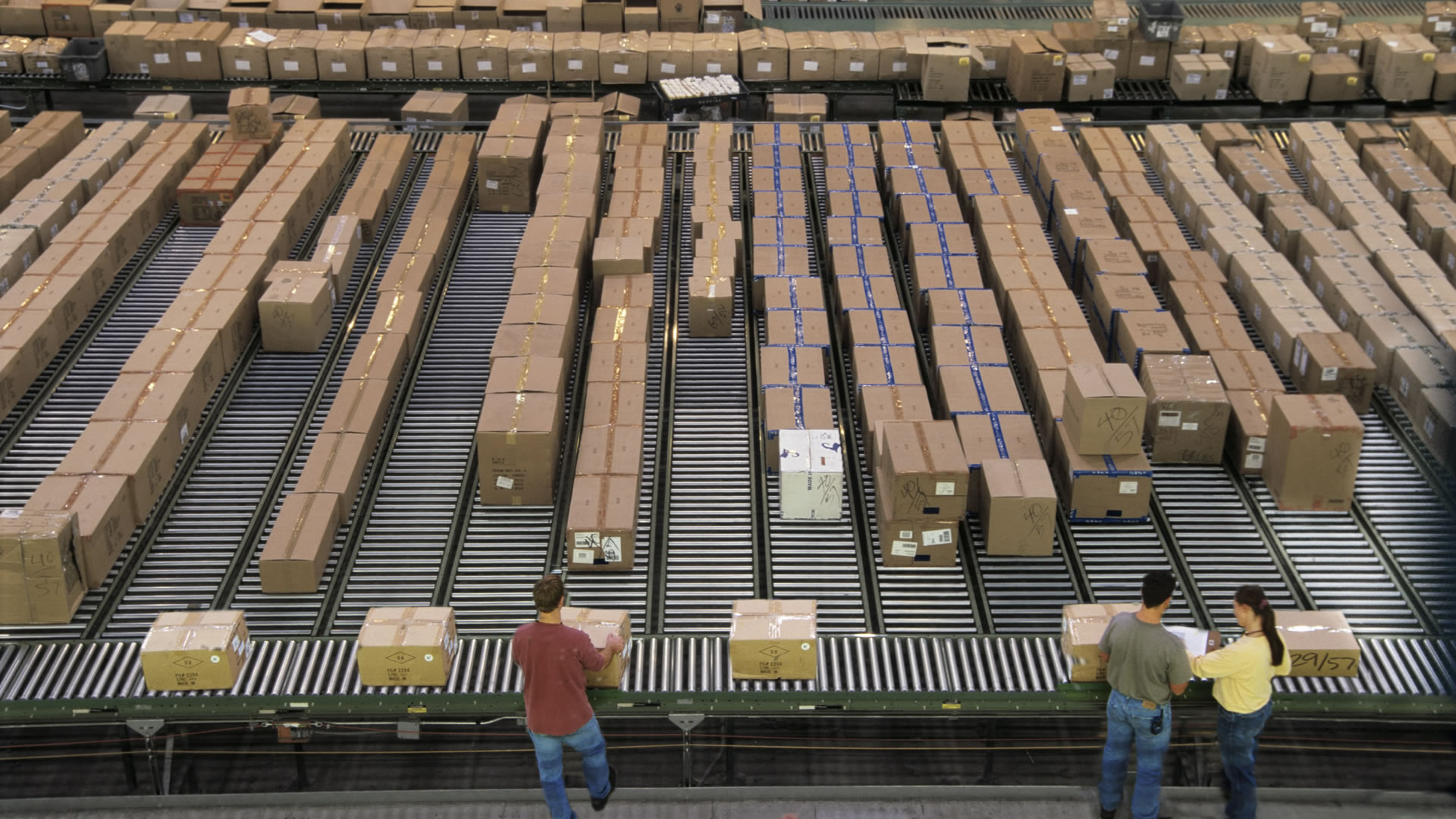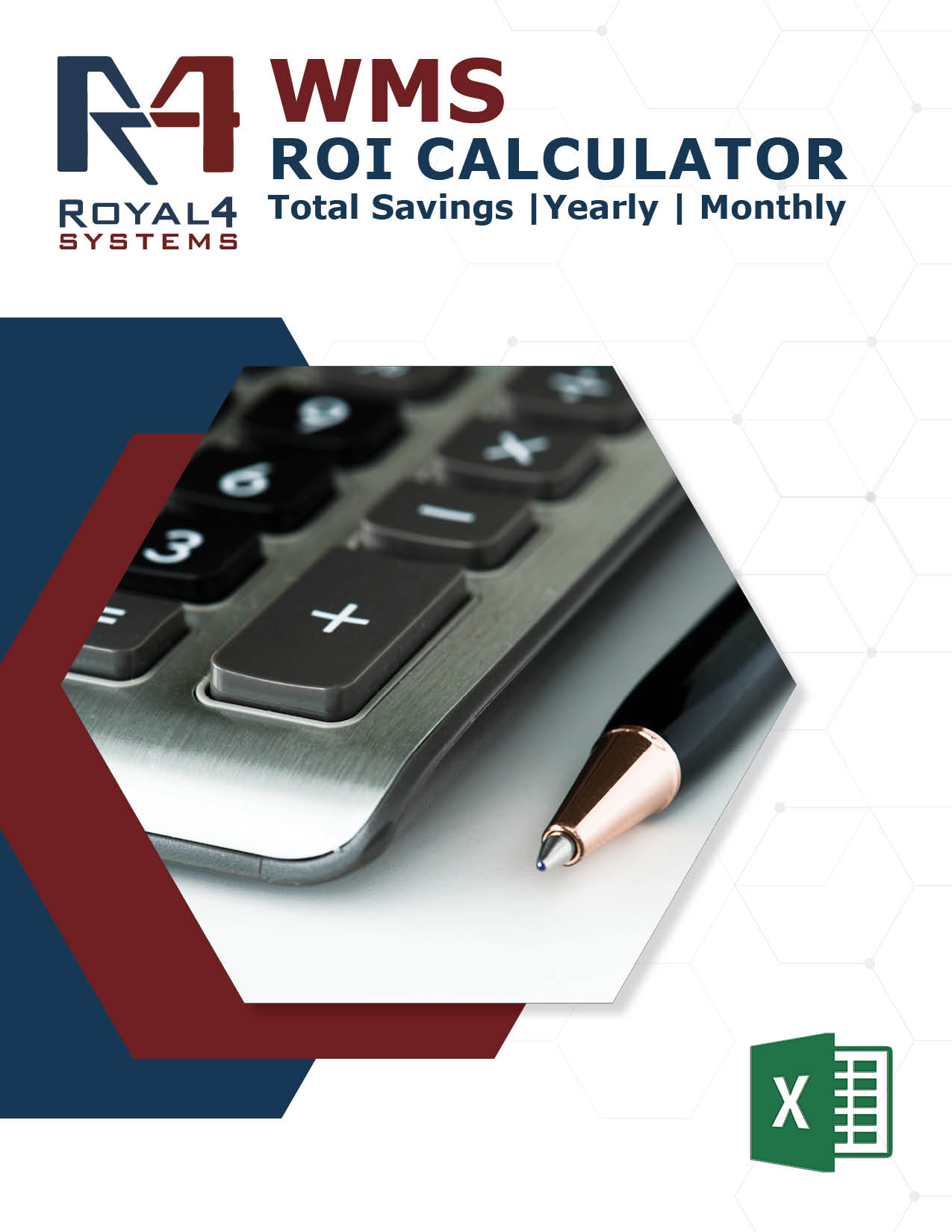
What is WES?
A warehouse execution system is a software system that organizes, automates, and coordinates physical labor operations in a warehouse or distribution center (picking, receiving, restocking, and so on). A warehouse execution system (WES) often connects with a warehouse management system (WMS), an enterprise resource planning system (ERP), or other inventory management software.
Many WES include almost all of the operations found in a warehouse control system (WCS) and some of the functions found in a warehouse management system (WMS). As a result, a WES is seen as a more comprehensive solution. Consider a WES to be a simplified version of a WMS with configuration options. When it comes to wave management, light task management, stock management (single channel), picking, and shipping, WES is expanding into WMS territory.
Warehouse execution systems, in different versions, have been present since the early 2000s. They offer convenient and productive material handling methods – including automated and manual – to DCs. WMS systems often contain system-directed picking, restocking, and other operations, whereas WES systems have advanced process optimization capabilities. WES significantly boosts fundamental DC processes’ productivity, efficiency, and throughput. WES is divided into two types: automatic and manual.
Two types of WES
1. Automated Warehouse Execution Systems
Many of today’s WES products grew out of an existing warehouse control system (WCS). Conveyors, sorters, and other logistics equipment that transport totes, cases, and pallets inside a warehouse are controlled by WCS software. Automated warehouse execution systems, in effect, integrate a WCS with an extra function of task scheduling, release, and management. They use automation to organize and synchronize product handling and movement. Some WES devices may also control pick-to-light or put-to-light systems, although they do not normally direct human labor. Instead, most WES systems rely on a WMS or another system to control manual picking as well as other procedures.
2. Manual Warehouse Execution Systems
Manual warehouse execution operations are similar to automated warehouse execution systems, but they provide more intelligence, coordination, and optimization across end-to-end warehouse processes such as picking, receiving, sorting, hauling, audit, resupply, cycle count, slotting, task scheduling, and so on. These systems generally use order, inventory, and task information from a DC’s inventory planning system (WMS or other) and reuse and extend existing WCS (and automated warehouse execution systems). In addition to managing people, manual warehouse execution solutions assist DCs in orchestrating and optimizing resources—humans, robots, and inventory—across IT and control systems.
Functions commonly found in WES:
- Basic receiving
- Shipping regulation
- Management of replenishment
- Manifestation of small parcels
- Management of non-automated picks
- Data collection through voice
- Inventory control
- Integration of mobile scanners
- Pack sorting organization
- Ship sorting management
- Automated pick management
- Pick-to-light control
- Algorithmic zone skipping
- Integration of mobile scanners
Benefits of using a WES
In today’s logistics world, smooth supply chain execution is essential. A WES provides a complete system that elevates end-to-end visibility to new heights. Many feature gaps within a WMS may be bridged by a strong WES, such as automation features that give factual data on equipment utilization, labor synchronization, and other critical key performance indicators (KPIs). This feature cuts down on wasteful spending and increases responsibility inside an institution.
Incorporating a WES will significantly increase distribution center efficiency, profitability, and overall merchandise and activity circulation. One of its distinguishing characteristics is its capacity to manage inventory replenishment. This is critical in warehouses with space constraints or keeping products with short expiration dates. Order processing management capabilities monitor items and connect them appropriately to orders, guaranteeing traceability while, at the same time, enhancing stock and order accuracy.

What is a WMS?
A warehouse management system (WMS) is a highly technical business system that manages the flow of goods into, throughout, and out of a company’s distribution warehouse/s. It may validate receipts, put away inventory, restore stocks to a forward pick site, perform cycle counts, effectively assign inventory to an order (to be picked), integrate requests on a dock, and generate pack slips, BOLs, and carrier compliance labels. The WMS is by far the more mature, sophisticated, and well-known of the two systems under consideration as it regulates the inventory flow, labor duties, and orders from reception to delivery.
The WMS continuously recognizes where products are due to its inventory management system, which is its main differentiator; WES cannot control all inventory operations in a distribution center. The inventory management function enables companies to manage inventory across distribution centers (DC) and manage inventory during each and every transfer. The capacity of a WMS to manage, track, and control inventory throughout many channels and clients is the critical data model distinction between a WMS and a WES.
Types of WMS Systems
1. Standalone On-Premises WMS
A standalone on-premises warehouse management system generally provides basic functions, such as supply chain management, order fulfillment, and shipping. This form of WMS often necessitates the use of an IT professional to solve issues and maintenance and software upgrades. On-premises WMS usually takes longer to build than other options because they require specialized connections with current business systems.
2. Cloud WMS
Cloud WMS is a web-based software-as-a-service (SaaS) system. A cloud WMS has a smaller footprint compared to an on-premises system as there is much less requirement for on-site machinery and IT expertise. It’s also often easier to put into action. Leading cloud WMS systems are highly flexible, allowing businesses to adjust them to their requirements and operations. Cloud WMS is compatible with cloud ERP suites and other warehouse technologies such as smartphones, conveyors, and sorting equipment.
3. WMS ERP modules
A WMS ERP module is naturally coupled with a comprehensive ERP solution, including accounting, customer relationship management (CRM), human resource management, stock and order management, and other modules. Since all warehouse data is held inside a shared database that the other modules utilize, everyone in the business will always have access to the most up-to-date information.
Functions commonly found in WMS:
- Warehouse design
- Tracking of inventory/stocks
- Receiving and putaway
- Picking and packing products
- Management of shipping
- Labor and task management
- Yard and dock management
- Terminals for wireless transmission (RF devices)
- Pallets, cases, and item labels with barcodes
- Radio frequency identification tags (RFID)
- Material handling equipment/conveyor systems
- RF equipment with voice capabilities
- Labels that are carrier-compliant
- Retail-ready labels
Benefits of using a WMS
Evidently, warehouse management systems could greatly benefit a business in terms of effectiveness and precision. If your warehouse has problems with compliance, safety, or complicated fulfillment regulations, it’s preferable to build a software solution that provides this helpful information as needed. We all have ambitious goals for our businesses, which means warehouse management solutions are a must-have – even if you don’t utilize every one of them right away. Although a WMS is hard and costly to establish and maintain, businesses reap various benefits that outweigh the complexity and expense. Employing a WMS may assist a business in lowering labor expenses, improving inventory accuracy, increasing flexibility and responsiveness, reducing mistakes in selecting and delivering items, and improving customer service. Modern warehouse management systems employ real-time data to provide the business with the most up-to-date information on operations such as orders, shipments, receipts, and any movement of items.
Choosing which system is best to implement for your business
The solution to the issue of which system is best for my business is always “it depends.” There are numerous considerations to evaluate before determining which system, or a mix of systems, is ideal for a facility; there is no one-size-fits-all answer. Recognizing how inventory travels within a facility is critical to finding the optimal solution. Non-automated operations will typically require the complexity of a WMS. In contrast, fully automated facilities will require the control provided by a WES, albeit a WMS may be needed at times. For some enterprises, a WES may be all that is considered necessary. Small and mid-sized businesses can frequently benefit from a WES since it helps manage distribution between both customers and storefronts. However, if the retail chain is huge, it will most certainly require the more complex inventory management aspect found only in a WMS.
Effective teamwork of supply chain specialists who understand the complexities and variations between each system enables businesses to guarantee they obtain the best system for their specific needs at the best price.
Request a Consultation
Need more information?
Solutions






![image001[25]](https://www.royal4.com/wp-content/uploads/2023/11/image00125.png)